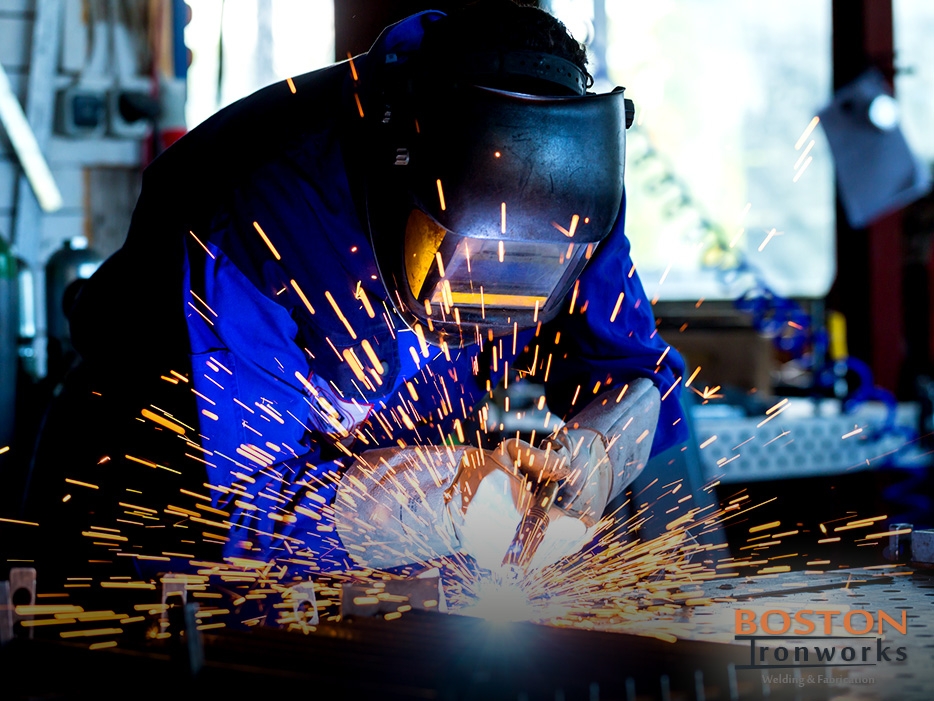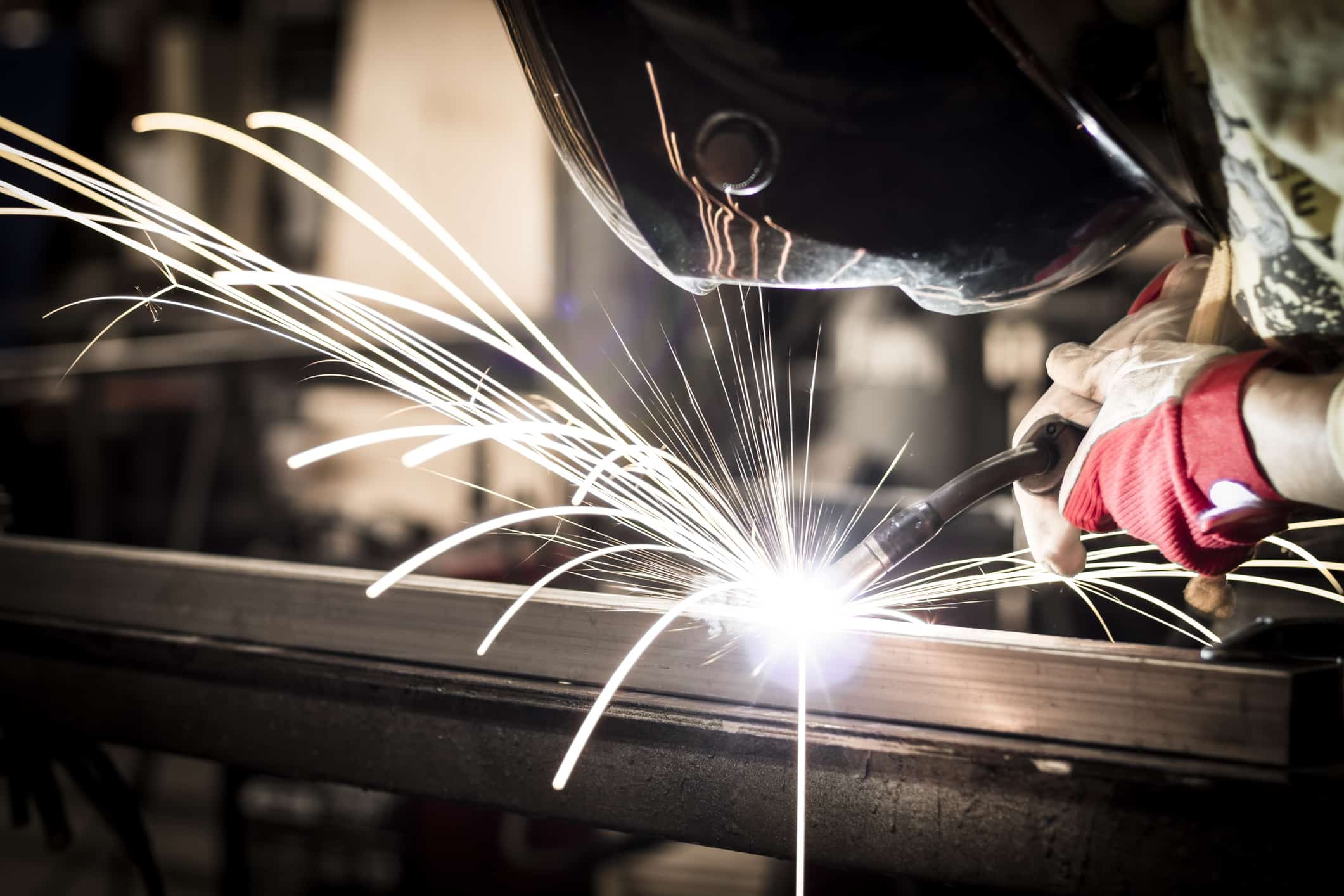Common Welding Repair Issues and Exactly How to Address Them Properly
Welding fixings often run into a series of issues that can jeopardize the honesty of the final product. Typical issues consist of insufficient infiltration, porosity, and misalignment, to name a few. Each problem presents one-of-a-kind challenges that need particular techniques for resolution. Understanding these concerns is vital for welders aiming to enhance their skills and results. This discussion will certainly check out these usual welding fixing concerns and efficient methods to resolve them.
Insufficient Penetration
Poor penetration occurs when the weld steel falls short to totally fuse with the base material, resulting in weak joints and possible structural failures. This problem commonly comes from insufficient warm input, incorrect electrode angle, or inappropriate welding rate. Welders may come across inadequate infiltration due to a miscalculation of the necessary parameters for a certain product thickness or type. In addition, contamination on the base material's surface can hinder reliable bonding, exacerbating the trouble. To attend to inadequate penetration, welders should assure ideal settings on their equipment and keep a tidy job surface area. Routine evaluation of welds is advised to determine any type of deficiencies early, permitting for prompt adjustments and the avoidance of compromised architectural stability in welded settings up.
Porosity
Porosity is a typical flaw in welded joints that shows up as tiny gas bubbles caught within the weld metal. This issue can endanger the honesty of the weld, leading to lowered toughness and potential failure under anxiety. Welding. Porosity generally develops from contamination, moisture, or inappropriate welding methods, which permit gases to escape into the molten weld swimming pool. To attend to porosity, welders need to ensure appropriate surface area preparation, maintain a clean workplace, and make use of ideal welding parameters. Furthermore, selecting the best filler material and protecting gas can reduce gas entrapment. Regular evaluation and testing of welds can aid recognize porosity early, guaranteeing prompt rehabilitative activities are taken, therefore protecting the high quality and reliability of the bonded framework
Imbalance
Imbalance in welding can emerge from different factors, consisting of improper setup and thermal development. Recognizing the source is necessary for efficient resolution. A number of adjustment methods are offered to straighten components and guarantee structural honesty.
Root causes of Imbalance
Welding imbalance commonly originates from a selection of underlying problems that can jeopardize architectural integrity. One key reason is improper fit-up of components prior to welding, which can bring about voids and uneven surface areas. Variations in thermal expansion throughout the welding process can additionally lead to distortion, especially if the products being signed up with have different coefficients of development. Furthermore, inadequate fixturing and securing may stop working to hold parts securely in position, bring about activity throughout welding. Badly kept equipment, including welding devices and devices, may introduce disparities in the weld grain, more adding to misalignment. Driver error, stemming from insufficient training or experience, can additionally play a substantial duty in creating misaligned welds.

Modification Methods Offered
Attending to misalignment successfully calls for a mix of corrective strategies customized to the specific problems at hand. One common approach is using components or jigs to hold elements in the appropriate placement during welding, guaranteeing regular positioning. Furthermore, pre-heating the materials can help in reducing distortion and improve fit-up. For considerable misalignment, mechanical adjustment methods, such as using hydraulic jacks or clamps, can be utilized to remedy the placement before welding. Post-weld warmth therapy might also be required to ease stress and anxieties caused by misalignment. Cautious inspection and modification during the arrangement phase can protect against imbalance problems from ending up being significant issues, advertising a smoother welding process and boosting general structural stability.
Distortion
Distortion is an usual challenge in welding that can arise from numerous elements, including uneven cooling and heating. Recognizing the root causes of distortion is essential for executing reliable avoidance techniques. Addressing this concern not only improves architectural stability however additionally boosts the overall high quality of the weld.
Root causes of Distortion
When subjected to the intense warm of welding, materials often undergo modifications that can bring about distortion. This sensation largely develops from thermal development and contraction during the welding procedure. As the weld area warms up, the material broadens; upon cooling, it contracts, which can create interior anxieties. Additionally, irregular home heating throughout a workpiece can exacerbate these tensions, causing bending or bending. The type of product likewise plays a significant function; steels with differing thermal conductivity and coefficients of growth might react in a different way, causing uncertain distortions. Inadequate joint design and inadequate fixturing can contribute to misalignment throughout welding, raising the probability of distortion. Understanding these causes is essential for reliable welding repair and avoidance techniques.
Prevention Techniques
Effective prevention methods for distortion during welding concentrate on managing heat input and guaranteeing proper joint style. Maintaining a regular warm input helps to decrease thermal expansion and contraction, which can bring about distortion. Utilizing strategies such as pre-heating the workpiece can likewise reduce the temperature level gradient, promoting uniform Bonuses home heating. Furthermore, choosing suitable joint layouts, such as T-joints or lap joints, can boost security and lower stress focus. Applying correct fixturing to protect the workpieces in place even more aids in maintaining positioning during the welding procedure. Staggered welding series can disperse warmth a lot more evenly, avoiding localized distortion. By applying these methods, welders can considerably decrease the chance of distortion and enhance the general top quality of their welds.
Fracturing
Cracking is a common problem run into Resources in welding repair work, typically resulting from numerous variables such as improper cooling prices, product selection, or poor joint preparation. The occurrence of fractures can greatly endanger the stability of the weld, resulting in possible failings throughout operation. To resolve this concern, welders need to initially examine the root causes, ensuring that materials are compatible and properly chosen for the particular application. Furthermore, controlling the cooling rate throughout the welding process is vital; fast cooling can induce anxiety and bring about cracking. Appropriate joint layout and prep work also add to decreasing the risk. Executing these techniques can improve weld quality and toughness, inevitably lowering the probability of breaking in ended up weldments.

Incomplete Blend
A considerable problem in welding repairs is insufficient fusion, which happens when the weld steel does not adequately bond with the base material or previous weld passes - Belgrade Welding. This defect can cause weak points in the joint, possibly compromising the stability of the welded structure. Factors adding to incomplete fusion include inadequate warm input, improper welding strategy, and contamination of the surfaces being joined. To resolve this problem effectively, welders need to ensure proper pre-weld cleaning and surface preparation, along with adjust their welding parameters to accomplish ample infiltration and fusion. Normal examination during the welding procedure can additionally aid determine insufficient blend early, allowing for timely restorative steps to boost the overall top quality of the weld
Overheating
While welding repair services can improve structural stability, overheating presents a significant obstacle that can bring about material degradation. Excessive heat during welding can alter the mechanical properties of steels, causing reduced stamina, boosted brittleness, and warping. This phenomenon is particularly essential in high-stress applications where structural dependability is vital. Identifying overheating can involve visual examinations for staining or welding corten steel distortion, in addition to checking temperature level throughout the welding process. To minimize the dangers related to overheating, welders ought to use ideal strategies, such as managing warmth input, readjusting traveling rate, and utilizing appropriate filler materials. Additionally, executing pre- and post-weld heat therapies can assist recover material residential or commercial properties and enhance the total top quality of the repair work, ensuring lasting performance and security.
Frequently Asked Inquiries
What Are the Typical Signs of a Welding Flaw?

How Can I Evaluate My Welds for High quality?
To examine welds for top quality, one can utilize aesthetic evaluations, ultrasonic testing, and radiographic approaches. Each technique guarantees structural stability, recognizes issues, and validates adherence to defined requirements, eventually improving the dependability of the welded joints.
What Safety Safety Measures Should I Take While Welding?
When welding, one need to prioritize safety by using proper individual protective devices, ensuring proper air flow, securing combustible products away, preserving a clean office, and knowing surroundings to avoid crashes and injuries.
Can I Fix a Weld Without Renovating the Entire Joint?
Fixing a weld without remodeling the whole joint is feasible, depending upon the damage (Belgrade). Strategies such as grinding, adding filler material, or utilizing a welding process can effectively deal with particular problems while maintaining the bordering framework
What Tools Are Necessary for Efficient Welding Services?
Important tools for effective welding fixings consist of a welding machine, cord brush, grinder, safety gear, clamps, and filler materials. Each device plays an important duty in making sure high quality and safety and security during the fixing process. Porosity generally emerges from contamination, dampness, or improper welding methods, which permit gases to get away right into the liquified weld pool. Badly maintained equipment, consisting of welding machines and tools, may introduce variances in the weld bead, more contributing to imbalance. When subjected to the extreme warmth of welding, products often undergo changes that can lead to distortion. Breaking is an usual issue run into in welding repair services, commonly resulting from various aspects such as inappropriate cooling prices, product selection, or poor joint preparation. A considerable concern in welding repair work is insufficient combination, which happens when the weld metal does not properly bond with the base material or previous weld passes.